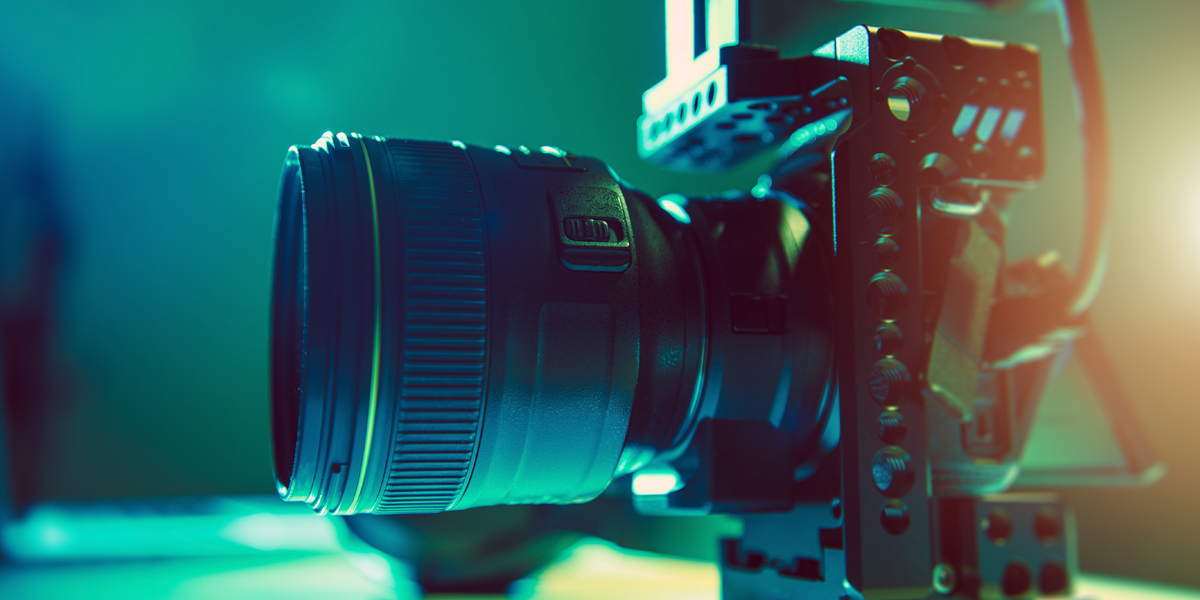A cinema camera is a professional motion picture tool built to capture moving images with high dynamic range, rich color, and reliable codecs. Unlike casual video devices, it focuses on manual control, interchangeable lenses, timecode, and modular designs that fit rigs, gimbals, and drones. It records in formats that preserve latitude for grading, visual effects, and sound sync across complex shoots. From documentaries to features, its purpose is consistency and creative control. This guide to the Top 10 Cinema Camera Brands in the World explains how leading makers shape image quality, workflow, and ergonomics so you can make informed choices.
ARRI
ARRI has defined digital cinema look with its Alexa line, valued for natural highlight rolloff, consistent color science, and rugged reliability on set. LogC and ARRIRAW files grade smoothly and integrate well with visual effects, while ProRes options speed editorial. Thoughtful ergonomics, precise monitoring tools, and robust power and I/O make long days practical for crews. LPL and PL mounts support a wide lens ecosystem, from vintage character to modern precision. ARRI backs this with global service and rental networks, so productions can find matching bodies, accessories, and trained technicians almost anywhere. Predictable color and conservative engineering make ARRI a foundation for repeatable cinematic results.
RED Digital Cinema
RED Digital Cinema popularized raw, high resolution workflows that scale from compact bodies to studio builds. Modern models offer fast sensors, strong detail rendition, and efficient REDCODE RAW that balances file size and flexibility. Variable compression, anamorphic modes, and wide lens mount options open creative choices for action, wildlife, and narrative. Integrated tools like false color, LUTs, and robust metadata streamline onset decisions and post pipelines. RED cameras pair well with lightweight gimbals and drones, yet also anchor multi camera shoots. The ecosystem supports accessories, media, and software that keep acquisition and finishing predictable for demanding schedules.
Sony
Sony spans cinema needs from the Venice system to compact FX bodies, unifying color with S-Cinetone and S-Log. Venice emphasizes latitude and skin tone control, while the FX lineup offers excellent autofocus, variable ND, and dependable codecs in small packages. Strong low light performance and modularity suit documentary, live events, and narrative. Sony monitors, audio, and wireless video integrate cleanly, reducing friction between departments. Broad lens support across PL, E, and adapters makes it easy to mix cinema primes with still lenses. With wide availability worldwide, crews can source rentals and support quickly, keeping productions agile and consistent.
Canon
Canon Cinema EOS blends approachable ergonomics with pleasing color that many editors and clients recognize immediately. Models from C70 to C500 prioritize reliable autofocus, internal ND, and efficient XF-AVC or Cinema RAW Light for flexible post. Canon Log profiles hold highlight detail, while Dual Pixel autofocus tracks subjects smoothly for run and gun work. RF and EF lens families provide depth, from affordable zooms to premium cinema glass, with strong third party support. Balanced bodies, intuitive menus, and practical battery life make Canon a favorite for corporate, documentary, and social content that still passes broadcast standards.
Blackmagic Design
Blackmagic Design democratized filmmaking with cameras that record robust codecs and raw internally at accessible prices. Pocket Cinema Camera and URSA lines deliver pleasing color science, high bit depth, and integrated tools like false color and waveform. Pro workflows are eased by Blackmagic RAW and ProRes options that round trip smoothly into DaVinci Resolve for editing, color, and delivery. Timecode, audio inputs, and modular cages allow builds from handheld to studio. Frequent firmware updates and an active community add features quickly. For independent creators and schools, the value proposition opens cinematic results without the barrier of high rental or ownership costs.
Panasonic
Panasonic serves cinema with Varicam and compact bodies like the EVA1 and Lumix models that share a thoughtful feature set. V-Log recording and strong dual native ISO implementations offer flexibility for mixed lighting and fast turnarounds. Internal ND, solid audio paths, and reliable timecode make field operations predictable. Panasonic color has a neutral, grade friendly base that intercuts well with other brands. The ecosystem supports SDI workflows, broadcast integrations, and lightweight mirrorless rigs for travel. For crews balancing budget and reliability, Panasonic delivers durable tools that cover documentary, branded content, and television with consistent results and efficient post pipelines.
Kinefinity
Kinefinity offers cinema features in compact, competitively priced bodies that attract indie and commercial shooters. KineRAW and flexible ProRes options give post teams latitude, while color science has matured with pleasing skin tones. Modular designs, lightweight media, and efficient power allow gimbal and travel builds without sacrificing connectivity. Lens flexibility through KineMOUNT and adapters supports PL, EF, and mirrorless glass. With ongoing firmware development, features like anamorphic modes, monitoring aids, and LUT handling have expanded steadily. For productions that need high value image quality and modern ergonomics, Kinefinity provides a credible alternative that integrates with established workflows and accessories.
Z CAM
Z CAM gained attention with small cubic bodies that deliver high resolution raw and efficient compressed codecs at friendly prices. The modular form factor mounts easily on gimbals, helmets, and vehicles, making it useful for action plates, live events, and multi camera rigs. ZRAW and ProRes options integrate with common NLEs, while robust network control enables remote operations. Interchangeable lens mounts and a growing accessory ecosystem support creative setups with minimal weight. Active firmware updates have added gamma options, monitoring tools, and improved color. For creators who value size, price, and flexibility, Z CAM provides capable imaging that punches well above its footprint.
DJI
DJI expanded beyond drones to the Ronin 4D platform, combining stabilized capture, LiDAR focusing, and integrated transmission in one system. The design reduces the need for external rigs by building gimbal, wireless video, and monitoring into the camera head. Strong autofocus and operator aids make small crews faster while maintaining repeatable shots. Interchangeable lens support and ProRes or raw recording align with professional post workflows. For aerial work, DJI remains a leader, and the ability to match ground and air images accelerates delivery. The ecosystem of controllers, monitors, and accessories makes DJI attractive for agile commercial and documentary teams.
Panavision
Panavision is synonymous with high end cinema support, offering custom tuned cameras and lenses that anchor major features. The Millennium DXL lineage, developed with partners, pairs large format sensors with refined color pipelines for expansive, immersive images. Panavision operates through rental, which means bodies arrive tailored with precise accessories, power, and monitoring to suit each show. Close integration with optics, filtration, and matte box systems simplifies creative choices and keeps image integrity high. Global service and technical teams help productions maintain consistency across locations. For directors and cinematographers seeking a curated, turnkey platform, Panavision provides reliability and craft backed by decades of motion picture heritage.

